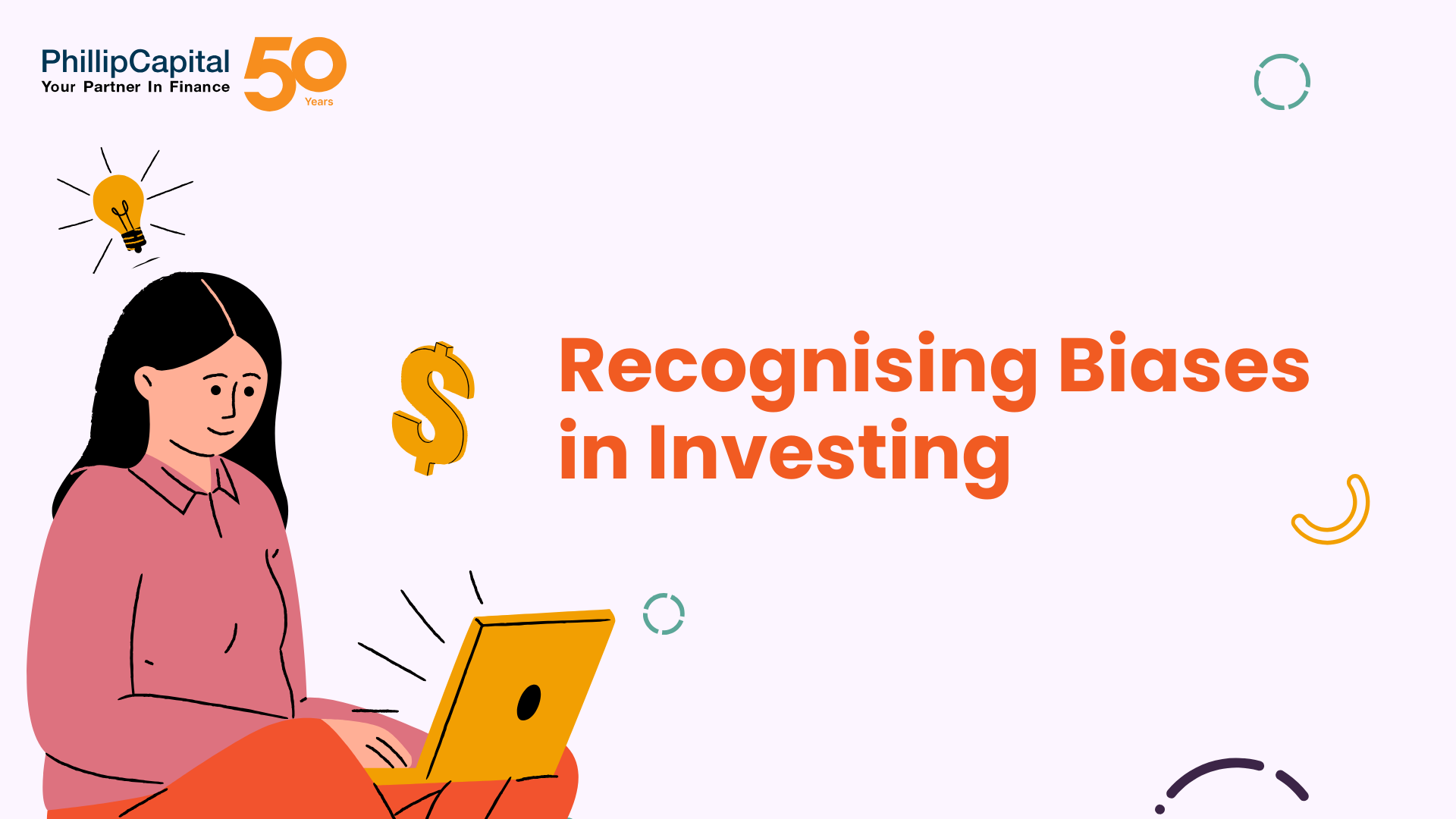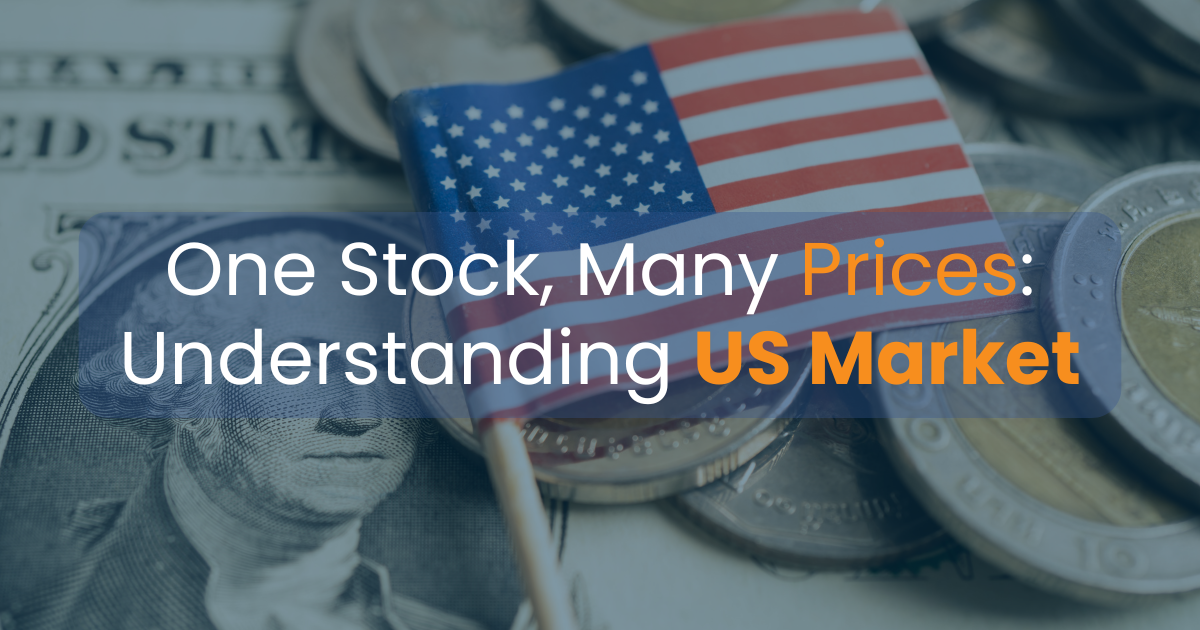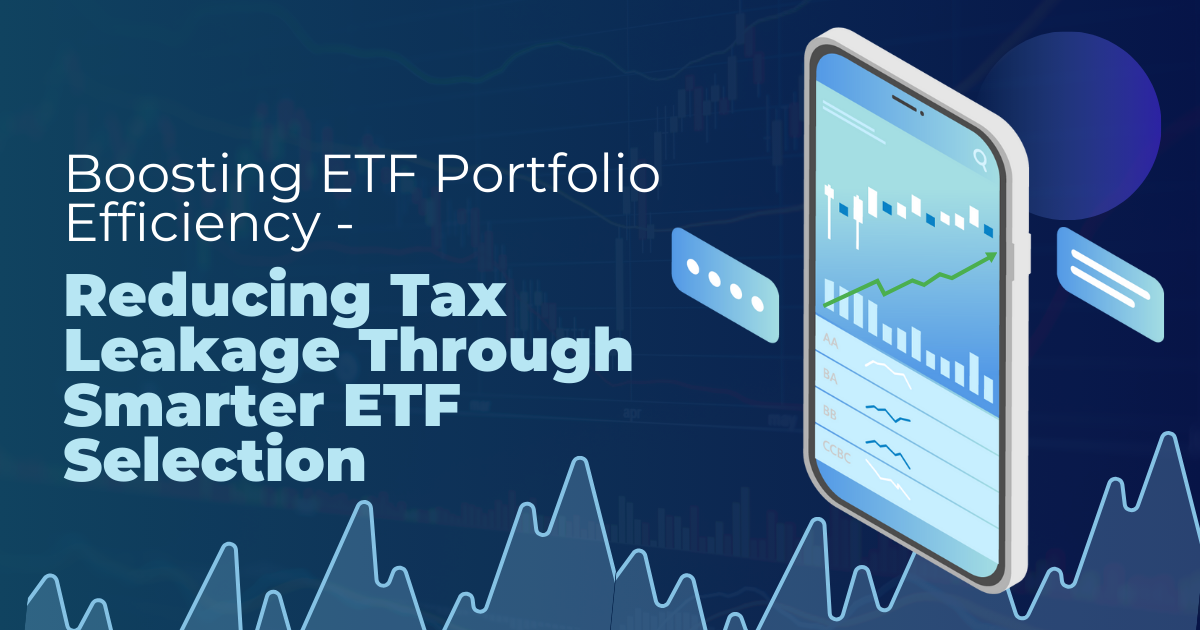Stock Price
Table of Contents
What is Stock Price?
A stock price reflects the value of a share of a company’s stock. It is one of the prime indicators of a company’s value in the financial markets. Company performance, market trends, investor sentiment, and broader economic conditions can influence a stock price. Whenever you buy or sell stocks, it is on a price-per-share basis.
Understanding Stock Price
Stock price refers to the amount in which a share is purchased or sold. A price discovery process ensures that a set price to be quoted is decided through joint decision-making of buyers and sellers. This usually happens in a stock exchange in the United States or Singapore, where it occurs in places like the NYSE, NASDAQ, or SGX.
- Market Price vs. Intrinsic Value: Market price refers to the cost of a share in the stock market at which it is sold currently, while intrinsic value refers to the actual value of the company estimated from the fundamentals such as the company’s earnings, growth potential, and general economic conditions. The market price might be higher or lower than the intrinsic value depending on how the investors and market perceive the company and other trends.
- Bid and Ask Price: In the stock market, the bid price is the highest price a buyer is willing to pay for a stock, while the asking price is the lowest price a seller is willing to accept. The difference between these two prices is called the spread.
Factors Influencing Stock Price
- Several factors might affect the price of a stock. Some of the most common factors include:
- Company Performance: Good financials or news of new products or acquisitions raise a company’s stock price. Poor financials or scandals lower it.
- Economic Conditions: Interest rates, inflation, and unemployment rates also influence the stock market. For instance, a hike in interest rates could increase the borrowing cost and thereby reduce companies’ profits and, consequently, their stocks.
- Market Sentiment: It is the overall mood of investors when news, political events, or changes in the market conditions impact them. If optimism prevails, stock prices rise, while fear or uncertainty leads to declines.
- Supply and Demand: The underlying principle is the law of supply and demand: if more people want to buy a stock than sell one, its price will rise; vice versa, if more people wish to sell than buy, it will decline.
- Industry performance—The performance of a company’s sector or industry can influence its stock price. For example, if the technology sector is performing well, then the stocks of tech companies are likely to increase in value.
- Political Factors: Changes in government policy, trade agreements, and regulatory change can influence the stock price. For instance, in the U.S., a change in tax law or corporate regulations may significantly affect the stock price.
Stock Price Valuation Methods
There are several techniques used to determine whether a stock is fairly priced. Some common stock price valuation techniques include:
- Price-to-Earnings (P/E) Ratio: This is probably the most popular technique to gauge the price of a stock. The P/E ratio measures the current market price of a stock with its earnings per share (EPS). A high P/E ratio may be interpreted as an overvaluation of the stock, and vice versa; if the P/E ratio is very low, the stock is possibly undervalued.
- Price-to-Book (P/B) Ratio: This ratio compares a firm’s market value with its book value. This ratio is most used in industries where the firm’s tangible assets are higher: real estate, manufacturing, and so on.
- Dividend Discount Model (DDM): If the company offers dividend payments, this method is applied to the firm. The DDM calculates the present value of all future dividend payments to estimate the value of a stock.
- Discounted Cash Flow Analysis: Discounted cash flow analysis estimates the intrinsic value of a stock in terms of its future cash flows discounted back to its present values. It is a more effective approach for firms with steady and predictable cash flows.
Examples of Stock Price
Here are a few examples of stock prices in the US and Singaporean markets to explain how stock prices work:
- Apple Inc. (AAPL): Apple’s stock price is mostly influenced by its product launches, quarterly earnings, and other market conditions in the U.S. For example, a new iPhone release may raise the stock price because the sales are expected to increase.
- Grab Holdings Inc. (GRAB): The country’s leading ride-hailing and food delivery firm in Singapore, Grab, has seen its shares fluctuate with the announcements of the firm’s quarterly reports, new geographic expansion, and government regulations into the gig economy.
Market Capitalisation and Stock Price
Market capitalisation, or market cap, is the total value of a company’s outstanding shares of stock. It can be determined by multiplying the stock price by the number of outstanding shares. Market capitalisation measures a company’s size and classifies it into various segments, like large-cap, mid-cap, and small-cap.
Volatility and Stock Price
Volatility is the change in a stock’s price over time. High volatility means large price fluctuations, while low volatility yields stable price variations. Volatility is essential for investors because it directly affects risk and potential returns.
Dividend and Stock Price
In this case, dividends are the portion of a firm’s profits distributed to its shareholders. Dividends can influence the stock price in the sense that investors invest in a firm for dividend payouts, which might raise the stock.
Stock Splits and Stock Price
The company’s outstanding shares increase through a stock split, which involves the issuance of more shares for existing shareholders. Thus, stock splits decrease the stocks’ price proportionately so that shares become relatively cheap for investors and increase liquidity and trading volume.
Role of Market Indices
The market indices, which include the S&P 500 and NASDAQ Compositae, measure a portfolio of stocks as a gauge of the entire market. When the indices move, stocks react because individual stocks will respond to movements in the general market and to how investors feel about it. Psychological factors and herd mentality among investors are quite influential in determining stock prices. Understanding investor behaviour affecting market movement helps the investor make informed decisions.
Conclusion
The stock price is a widely followed metric showing the value attached to a given company by its market. Its determination through multiple valuation methods depends on factors like the overall health of the stock market, general economic factors, and the performance of individual companies. From the market aspect, understanding stock prices will give way to making prudent investment decisions by considering their respective performances across both U.S. and Singapore markets.
Frequently Asked Questions
Stock prices change every market hour. They depend on trading and tend to change in real-time as buyers interact with sellers in the market.
There are many reasons for a stock price to go up or down. Some of these reasons are based on the company’s performance, economic conditions, changes in market sentiment, or other external factors like government policies or political tensions. A stock price will rise if demand is higher than supply and fall if demand goes down.
The market price refers to the present price at which a stock is sold and purchased. Intrinsic value, in contrast, represents the calculated worth of the stock derived from its intrinsic characteristics, like earnings, growth, and risk. The stock’s intrinsic value may or may not match its market price because of factors such as investors’ sentiment or other external factors.
Inflation has many impacts on stock prices. Company earnings and, eventually, the price of a stock may be affected where high inflation reduces consumer purchasing power, thereby forcing up the cost of doing business for such companies. Companies where the increase in cost is passed to the consumers, for example, energy and commodities, would least likely be affected by inflation.
The nominal stock price is the current price of a stock without adjusting for inflation. The real stock price, however, is adjusted for inflation, offering a more accurate reflection of the stock’s value in purchasing power.
Related Terms
- Merger Arbitrage
- Intrinsic Value of Stock
- Callable Preferred Stock
- Growth Stocks
- Market maker
- Authorized Stock
- Dividend Discount Model
- Stock Shifts
- Seasoned Equity Offering
- Price to Book
- Consumer Stock
- Undervalued Stocks
- Tracking Stock
- Income stocks
- Hang Seng Index
- Merger Arbitrage
- Intrinsic Value of Stock
- Callable Preferred Stock
- Growth Stocks
- Market maker
- Authorized Stock
- Dividend Discount Model
- Stock Shifts
- Seasoned Equity Offering
- Price to Book
- Consumer Stock
- Undervalued Stocks
- Tracking Stock
- Income stocks
- Hang Seng Index
- Rally
- Ticker Symbol
- Defensive stock
- Earnings Guidance
- Wire house broker
- Stock Connect
- Options expiry
- Payment Date
- Treasury Stock Method
- Reverse stock splits
- Ticker
- Restricted strict unit
- Gordon growth model
- Stock quotes
- Shadow Stock
- Margin stock
- Dedicated Capital
- Whisper stock
- Voting Stock
- Deal Stock
- Microcap stock
- Capital Surplus
- Multi-bagger Stocks
- Shopped stock
- Secondary stocks
- Screen stocks
- Quarter stock
- Orphan stock
- One-decision stock
- Repurchase of stock
- Stock market crash
- Half stock
- Stock options
- Stock split
- Foreign exchange markets
- Stock Market
- FAANG stocks
- Unborrowable stock
- Joint-stock company
- Over-the-counter stocks
- Watered stock
- Zero-dividend preferred stock
- Bid price
- Authorised shares
- Auction markets
- Market capitalisation
- Arbitrage
- Market capitalisation rate
- Garbatrage
- Autoregressive
- Stockholder
- Penny stock
- Noncyclical Stocks
- Hybrid Stocks
- Large Cap Stocks
- Mid Cap Stocks
- Common Stock
- Preferred Stock
- Small Cap Stocks
- Earnings Per Share (EPS)
- Diluted Earnings Per Share
- Dividend Yield
- Cyclical Stock
- Blue Chip Stocks
- Averaging Down
Most Popular Terms
Other Terms
- Protective Put
- Perpetual Bond
- Option Adjusted Spread (OAS)
- Non-Diversifiable Risk
- Liability-Driven Investment (LDI)
- Income Bonds
- Guaranteed Investment Contract (GIC)
- Flash Crash
- Equity Carve-Outs
- Cost of Equity
- Cost Basis
- Deferred Annuity
- Cash-on-Cash Return
- Earning Surprise
- Capital Adequacy Ratio (CAR)
- Bubble
- Beta Risk
- Bear Spread
- Asset Play
- Accrued Market Discount
- Ladder Strategy
- Junk Status
- Interest-Only Bonds (IO)
- Interest Coverage Ratio
- Inflation Hedge
- Industry Groups
- Incremental Yield
- Industrial Bonds
- Income Statement
- Holding Period Return
- Historical Volatility (HV)
- Hedge Effectiveness
- Flat Yield Curve
- Fallen Angel
- Exotic Options
- Execution Risk
- Exchange-Traded Notes
- Event-Driven Strategy
- Eurodollar Bonds
- Enhanced Index Fund
- Embedded Options
- EBITDA Margin
- Dynamic Asset Allocation
- Dual-Currency Bond
- Downside Capture Ratio
- Dollar Rolls
- Dividend Declaration Date
- Dividend Capture Strategy
- Distribution Yield
- Depositary Receipts
Know More about
Tools/Educational Resources
Markets Offered by POEMS
Read the Latest Market Journal

Recognising Biases in Investing and Tips to Avoid Them
Common biases like overconfidence, herd mentality, and loss aversion influence both risk assessment and decision-making....

What is Money Dysmorphia and How to Overcome it?
Money dysmorphia happens when the way you feel about your finances doesn’t match the reality...

The Employer’s Guide to Domestic Helper Insurance
Domestic Helper insurance may appear to be just another compliance task for employers in Singapore,...

One Stock, Many Prices: Understanding US Markets
Why Isn’t My Order Filled at the Price I See? Have you ever set a...

Why Every Investor Should Understand Put Selling
Introduction Options trading can seem complicated at first, but it offers investors flexible strategies to...

Mastering Stop-Loss Placement: A Guide to Profitability in Forex Trading
Effective stop-loss placement is a cornerstone of prudent risk management in forex trading. It’s not...

Boosting ETF Portfolio Efficiency: Reducing Tax Leakage Through Smarter ETF Selection
Introduction: Why Tax Efficiency Matters in Global ETF Investing Diversification is the foundation of a...

How to Build a Diversified Global ETF Portfolio
Introduction: Why Diversification Is Essential in 2025 In our June edition article (https://www.poems.com.sg/market-journal/the-complete-etf-playbook-for-singapore-investors-from-beginner-to-advanced-strategies/), we introduced...









